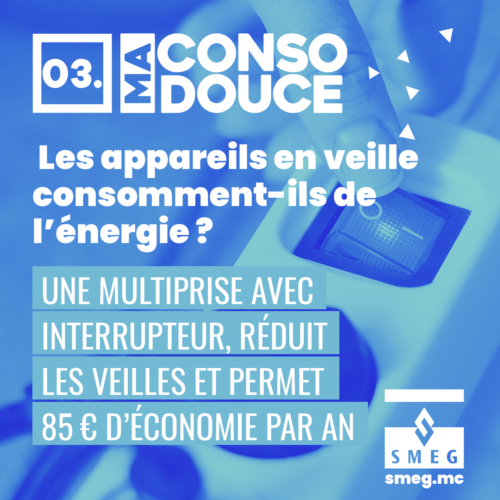Forecasts
Your electricity weather forecast for a sustainable energy use
Caption
Normal use. Energy-saving actions are welcome
Electricity system under strain. Orange energy alert activated. Energy-saving actions are necessary
Electricity system under severe strain. Red energy alert activated. Power cuts inevitable if no reduction in electricity use. Energy-saving actions are essential
Essential actions in case of red or orange alerts
Keep heating temperatures as low as possible
Delay certain domestic uses (washing, etc.) outside the 8am-1pm and 6pm-8pm time slots.
Use cooking appliances sparingly (for example, avoid long cooking times)
Switch off unnecessary lights
Avoid charging electric vehicles during periods of strain
Plan a specific heating programming
Keep ventilation down to the minimum required
Reduce lighting inside buildings
Switch off non-essential displays and lighting (for example, advertising)
Daily energy-saving actions with



Why this service?
Why this "Electricity Weather Forecast"?
SMEG helps its customers use electricity more efficiently.
In Monaco, electricity demand is at its highest in the summer due to the use of air conditioning. However, winter is the period when electricity use has the greatest impact on the electricity system, and alongside its positive effect on the environment, reducing electricity use also reduces the risk of power cuts.
The electricity system is interconnected at the European level. To secure power supply, the generation resources connected to the network must be sufficient to cover consumer needs at all times. If all the resources have already been activated, the only way to keep the electricity network working is to control electricity use. The behaviour of consumers is therefore essential, as they can have a major impact on their own use, for example by lowering their heating temperature. Efforts must be made simultaneously at the European level, including the Principality.
To anticipate strain situations and enable consumers to take the right steps to reduce their use at the right time, SMEG provides strain forecasts on the electricity network: this is the Electricity Weather Forecast.
In practical terms, green, orange or red signals are produced a few days in advance and published on this page, showing the level of strain on the electricity system.
How does it work?
How are the signals calculated?
The green signal is the default signal. It means that the level of electricity use is lower than the electricity generation available for the day, and that we have sufficient spare capacity.
The orange signal is calculated according to the spare capacity available. It is activated when electricity reserves are low, i.e. when available electricity generation is very close to the expected level of use. All levers must be deployed to reduce electricity demand in order to maintain sufficient supply capacity. If demand continues to rise, the supply capacity may no longer be sufficient and the red signal could be activated.The red signal is activated when there is not enough electricity to cover all the needs. The operators of the European electricity network anticipate the level of electricity use for the next few days and, at the same time, the level of available generated electricity.
When red signals are activated, reducing use is essential. In the rare event that all electricity needs cannot be met, local, controlled power cuts lasting a maximum of 2 hours may be organised, from 8am to 1pm or 6pm to 8pm on weekdays.
SMEG will then provide its customers with all the information they need in real time to prepare for this situation.In addition, it is important to be aware that even on a green signal, limiting electricity use is essential to preserve resources.
Why are signals published for only 4 days?
After 4 days, the level of electricity use cannot be predicted with any accuracy, because the weather is still uncertain. Every change in temperature, however slight, has a major impact on energy consumption. In winter, for each degree colder, electricity use in Europe rises significantly. In France, for example, one degree colder represents an increase equivalent to the entire consumption of the city of Marseille.

